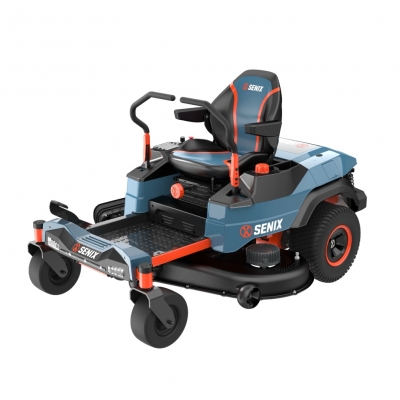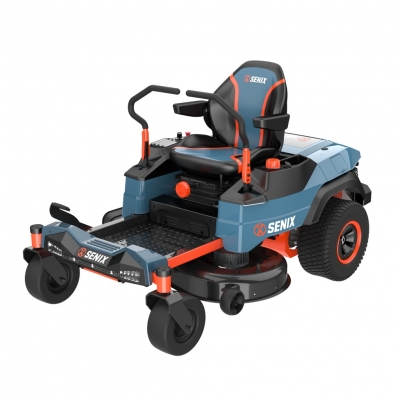Summer Lawn Care Secrets: Make the Most of Your Lawn Mower
Summer can be a challenging season for your lawn. With the blazing sun overhead, dry spells testing your grass's resilience, and weeds constantly vying for space, keeping your lawn healthy and vibrant takes some know-how. Your lawn mower is the hero tool that can turn this challenge into an opportunity. When used wisely, it helps your lawn stay lush, green, and ready to impress all season long. Let's dive into some essential summer lawn care secrets that will help you get the most out of your lawn mower and keep your grass thriving under the hot sun.
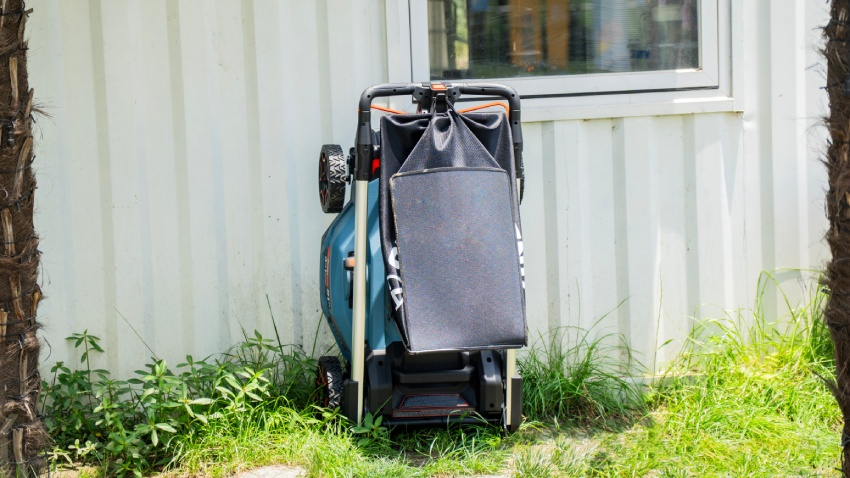
Best Practices for Mowing During Summer
The way you mow during summer can make all the difference between a stressed-out, patchy lawn and one that looks like a green carpet. The first golden rule? Avoid cutting your grass too short. It might seem like a good idea to keep things neat and tidy, but mowing too low strips away the protective layer of grass blades that shield the roots and soil from heat and moisture loss. The ideal mowing height for most grass types in summer ranges between 7.6 to 10cm(3 to 4 inches). This height helps the grass shade its roots, retain water better, and compete more effectively with weeds.
Mowing frequency also matters. While regular mowing keeps your lawn looking sharp, too frequent cutting can weaken grass during hot weather. A good rule of thumb is to mow every 5 to 7 days, depending on how fast your grass grows. This schedule balances maintenance with lawn health, letting your grass recover and build strength. Also, pay attention to the time of day you mow. Early mornings or late afternoons are the best windows—temperatures are cooler, and freshly cut grass won't get scorched by the midday sun.
Techniques to Optimize Lawn Mower Use
Your lawn mower can be more than just a grass cutter—it can become a natural fertilizer dispenser. Mulching blades chop grass clippings into tiny pieces and scatter them back onto your lawn, returning vital nutrients like nitrogen to the soil. This practice helps your lawn retain moisture and reduces the need for synthetic fertilizers. Plus, those little clippings act like a natural mulch that protects your soil from drying out.
If you've let your grass grow tall for a while, don't try to cut it all down to the recommended height in one go. Instead, lower your lawn mower blades gradually over several sessions. This method prevents scalping—the removal of too much grass at once—which can stress or even kill parts of your lawn. Changing your mowing patterns regularly also benefits your lawn. Avoid mowing in the same direction every time, as this can compact the soil and cause uneven wear. By alternating your mowing routes, you encourage grass to grow upright and maintain an even, dense coverage.
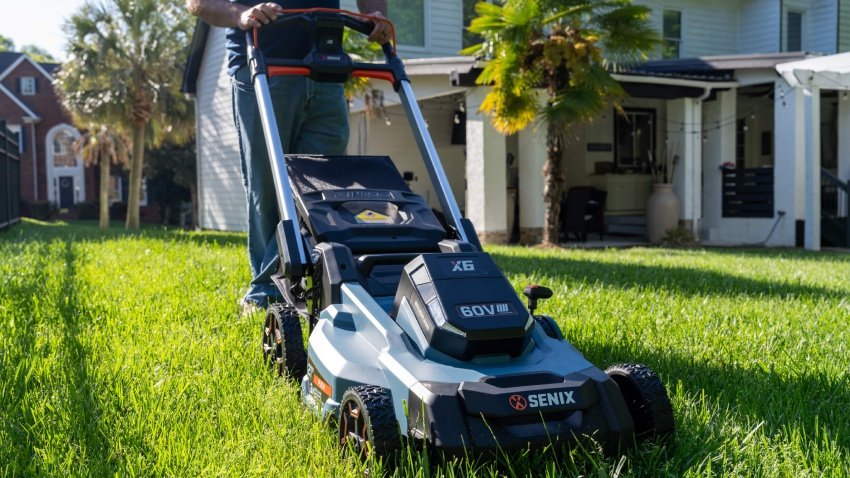
(SENIX 60V Brushless 53cm(21'') Push Lawn Mower)
Summer Lawn Care Tips Beyond Mowing
Mowing is just one part of the puzzle. Watering plays a huge role in lawn health during summer heat. After mowing, give your lawn a deep drink of water, but avoid frequent light watering. Deep, infrequent watering encourages roots to grow deeper, improving drought tolerance. The best time to water is early morning, which allows grass to soak up moisture before the heat of the day and reduces the risk of fungal diseases.
Fertilizing your lawn during summer requires a gentle touch. Slow-release fertilizers provide a steady supply of nutrients without overwhelming the grass. They help your lawn build resilience without the risk of fertilizer burn, which can happen when chemicals concentrate on hot, dry grass.
Weeds and pests are persistent summer visitors, but a thick, well-maintained lawn makes it harder for them to gain a foothold. By mowing at the right height and frequency, you reduce bare patches where weeds love to grow. If weeds do appear, tackle them early with spot treatments to prevent them from spreading.
Adding aeration and dethatching to your summer routine can boost lawn health significantly, provided conditions are right (e.g., adequate watering and cooler weather). Aeration creates tiny holes in your soil, improving the flow of air, water, and nutrients to grassroots. Dethatching removes the layer of dead grass and debris that can smother healthy blades and hinder lawn mower performance. However, these tasks are best suited to spring or fall; summer requires careful management to avoid stress.
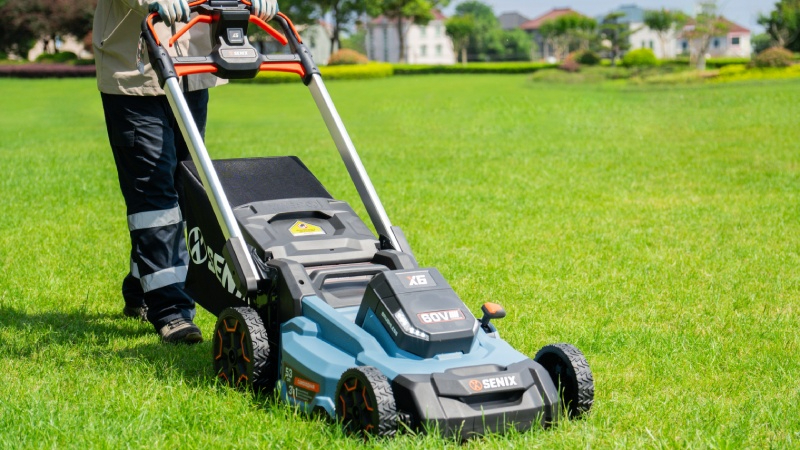
(SENIX 60V Brushless 53cm(21'') Self-Propelled Lawn Mower)
Conclusion
Effective summer lawn care depends on smart choices, consistent effort, and using your tools wisely. Your lawn mower stands at the heart of your lawn care routine during hot months. By adjusting blade height, mowing times, and patterns—and supporting your lawn with watering and feeding—you will enjoy a lush and resilient lawn all summer!


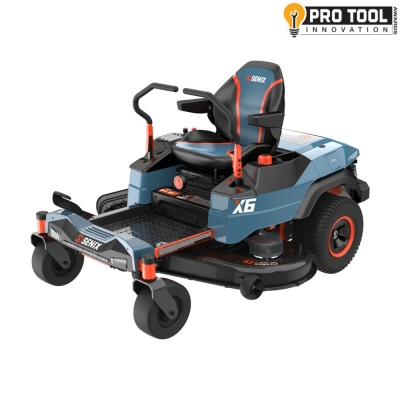
 (5.0)
(5.0)